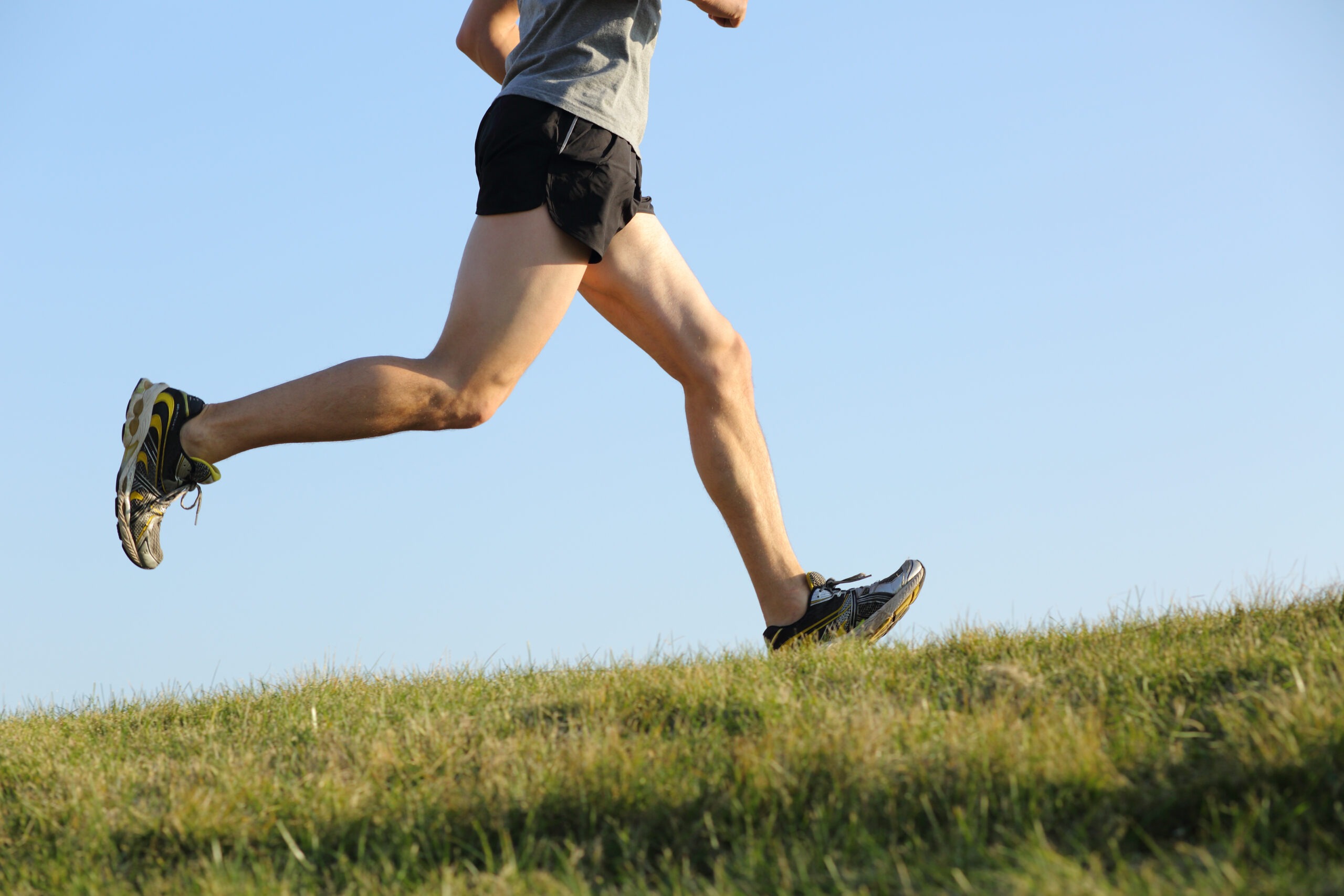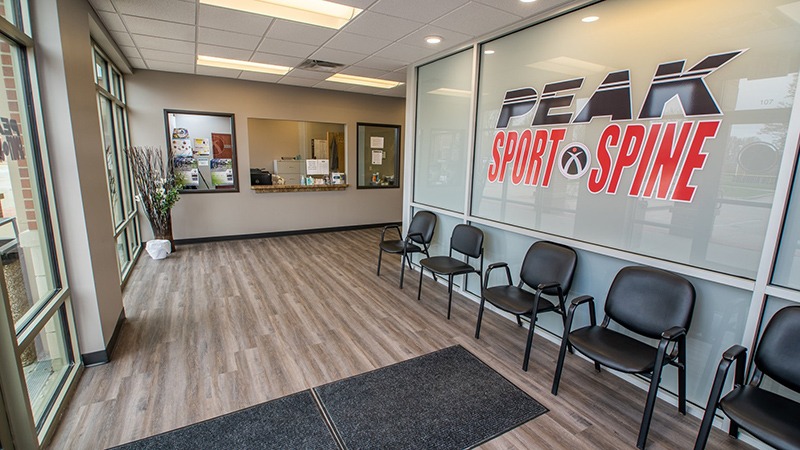Running is a fantastic way to stay fit, enjoy the outdoors, and clear your mind. It can also put a lot of strain on your knees, leading to injuries that can sideline even the most dedicated runners. Understanding how to prevent knee injuries when running is important for keeping up with a healthy and active lifestyle.
Common Knee Injuries in Runners
Knee injuries are a frequent concern among runners, often stemming from the repetitive stress and impact. Understanding these common knee injuries and how to prevent them is crucial for maintaining healthy and pain-free running. Here are some of the most common knee injuries that runners encounter:
Runner’s Knee (Patellofemoral Pain Syndrome)
Runner’s knee, or patellofemoral pain syndrome, is indicated by pain around or behind the kneecap. It occurs when the kneecap is out of alignment, causing it to rub against the femur. This can lead to irritation and inflammation. Common symptoms can include a dull, aching pain in the front of the knee, which worsens with activities such as running, squatting, or climbing stairs.
IT Band Syndrome
The iliotibial (IT) band is a thick band of tissue that runs along the outside of the thigh, from the hip to the knee. IT band syndrome occurs when this band becomes tight or inflamed, causing pain on the outside of the knee. This condition is often the result of overuse, improper footwear, or poor running mechanics.
Meniscus Tears
The menisci are two C-shaped pieces of cartilage that act as shock absorbers between the femur and tibia. Meniscus tears can occur due to a sudden twist or turn, or from repetitive stress over time. Symptoms include pain, swelling, stiffness, and difficulty bending or straightening the knee.
Patellar Tendinitis
Patellar tendinitis, also known as jumper’s knee, involves inflammation of the patellar tendon, which connects the kneecap to the shinbone. This injury is typically caused by repetitive stress from activities like running or jumping. Symptoms include pain and tenderness at the base of the kneecap, especially during activity.
Bursitis
Knee bursitis occurs when the small, fluid-filled sacs (bursae) that cushion the knee joint become inflamed. This can be caused by repetitive kneeling, direct trauma, or overuse. Symptoms like swelling, warmth, and pain around the affected area may occur.
Other Common Running Injuries
While knee injuries are prevalent, runners are also susceptible to other types of injuries including:
- Shin Splints: Shin splints cause pain along the front of the lower leg.
- Plantar Fasciitis: Plantar fasciitis results in heel pain due to inflammation of the plantar fascia.
- Achilles Tendinitis: Achilles tendinitis involves pain and stiffness in the Achilles tendon.
- Stress Fractures: Stress fractures are tiny cracks in bones, often in the feet or lower legs.
How to Prevent Knee Injuries When Running
Don’t let the fear of knee injuries keep you from enjoying the benefits of running. With the right approach, you can protect your knees and run safely. Preventing knee injuries involves a mix of proper training, strengthening exercises, and attention to running mechanics. Here are some essential tips to keep your knees healthy:
- Warm-Up and Cool Down: Always start your runs with a thorough warm-up and end with a cool down. Warming up increases blood flow to your muscles, preparing them for the stress of running, while cooling down helps your body recover.
- Strength Training: Incorporate strength training exercises that target the muscles around your knees, such as quadriceps, hamstrings, and calves. Strong muscles support your joints and absorb more impact, reducing the risk of injury.
- Flexibility Exercises: Stretching and flexibility exercises, particularly for the hips, quads, hamstrings, and calves, can improve your range of motion and reduce tension on your knees.
- Proper Footwear: Invest in good quality running shoes that provide adequate support and cushioning. Replace them regularly to ensure they continue to offer the necessary protection.
- Gradual Progression: Increase your running mileage and intensity gradually. Sudden spikes in training volume can overload your knees and lead to injuries.
- Proper Running Form: Focus on maintaining good running form. Keep your knees slightly bent, avoid overstriding, and ensure your feet land under your hips.
- Cross-Training: Include low-impact activities such as swimming, cycling, or yoga in your routine to give your knees a break from repetitive running stress.
- Listen to Your Body: Pay attention to any signs of pain or discomfort. Ignoring early symptoms can lead to more severe injuries. Rest if needed and seek professional advice if pain persists.
Can Physical Therapy Help Knee Injuries?
Physical therapy can play a vital role in preventing and treating running injuries. It aids in recovery from existing knee injuries while helping identify and correct imbalances or weaknesses that might predispose you to future injuries. Through tailored exercise programs, manual therapy, and patient education, a physical therapist can ensure that you gain the strength, flexibility, and knowledge needed to run safely and efficiently.
Schedule Your Appointment Today!
Preventing injuries is key to enjoying a long and healthy running journey. At PEAK Sport & Spine, our physical therapists provide personalized care to help you address underlying issues, improve your biomechanics, and strengthen your muscles. We offer services such as core stabilization, dry needling, cupping, and blood flow restriction therapy, all aimed at enhancing your running performance and reducing injury risk. Schedule an appointment at one of PEAK Sport & Spine’s convenient locations. Let us help you run stronger and injury-free!

